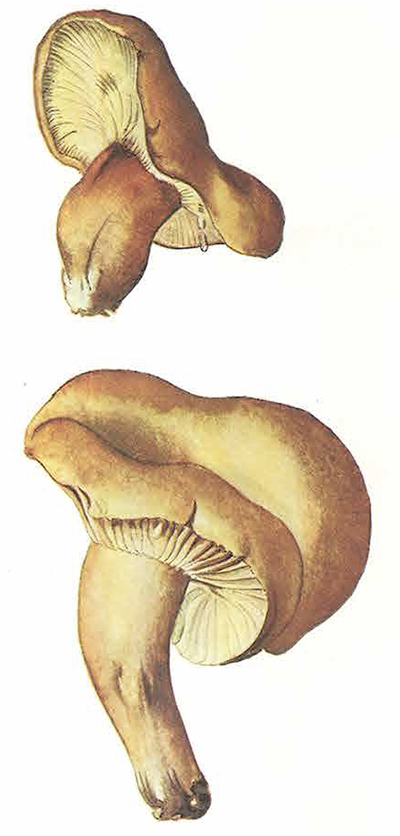During the last week, two papers were published by State Herbarium of South Australia‘s mycologist, Dr Teresa Lebel, and co-authors:
(1) T. Lebel, J. Douch, L. Tegart, L. Vaughan, J.A. Cooper, J. Nuytinck (2021). Untangling the Lactifluus clarkeae – Lf. flocktoniae (Russulaceae) species complex in Australasia. Persoonia 47: 1-44.
The Lactifluus clarkeae complex is a commonly observed, generally brightly coloured, group of mushrooms that are usually associated with Nothofagus or myrtaceous hosts in Australia and New Zealand. For this study collections labelled as ‘Lactarius clarkeae’, ‘Russula flocktoniae’ and ‘Lactarius subclarkeae’ were examined. Analyses of molecular data showed a high cryptic diversity, with sequences scattered across 11 clades in three subgenera within Lactifluus, and a single collection in Russula. Untangling this complex will enable better identification of species and increase understanding of diversity and specific habitat associations of macrofungi.
(2) N. Davoodian, T. Lebel, M.A. Castellano, K. Hosaka (2021). Hysterangiales revisited: expanded phylogeny reveals new genera and two new suborders. FUSE 8: 65-80.
Hysterangiales (Phallomycetidae, Agaricomycetes, Basidiomycota) is a diverse, nearly cosmopolitan order of predominantly hypogeous, sequestrate, ectomycorrhizal fungi. The authors recovered 26 provisional novel genera, and corroborated existing genera and families. Two new suborders (Phallogastrineae and Hysterangineae) and a new family (Phallogastraceae) are described, and three new combinations made to the genus Phallogaster.


